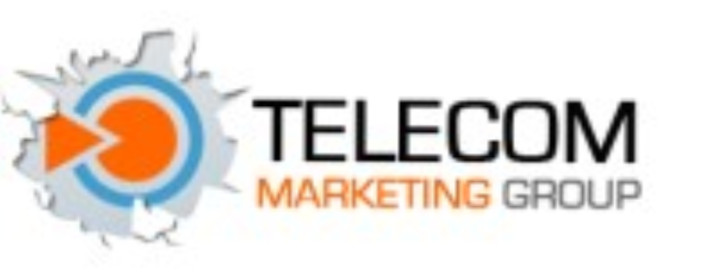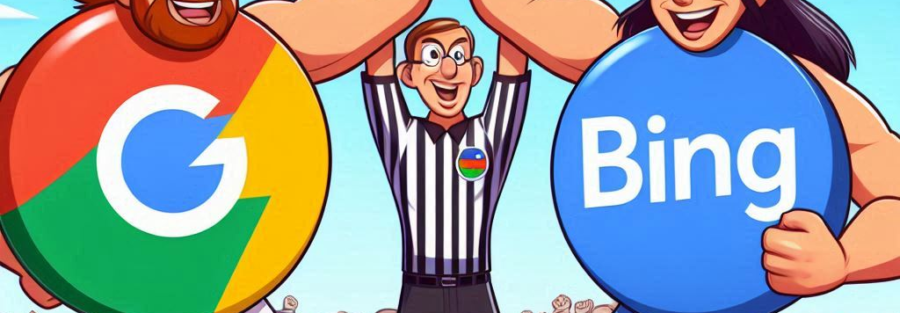While Google dominates over 90 percent of the global search engine market, securing its spot as the most popular search engine worldwide. However, it’s crucial not to underestimate the lead-generating potential of Microsoft Ads, particularly through its search engine, Bing.
Let’s explore the key differences and similarities between Google and Microsoft Ads.
- Demographics
One of the most significant distinctions between these platforms lies in their user demographics. Google is preferred by younger users, particularly those aged 18-34, while Bing attracts an older audience, predominantly those aged 35 and above, according to Similarweb.
Additionally, Bing’s user base tends to have higher income levels, with over a third of Microsoft users boasting an annual household income of more than $100,000, and nearly half earning at least $75,000.
- Competition
Given Google’s higher search volume, it’s no surprise that competition among advertisers is fierce, driving up the cost of clicks. In contrast, Microsoft Ads faces less competition, often resulting in click costs that are up to 33 percent lower than Google’s, making it a cost-effective option for advertisers.
- Campaign Level Settings
Both Google and Microsoft offer comprehensive settings to tailor your advertising campaigns. They allow for daily budget settings, which is ideal for targeting specific geographic regions. Image assets can be included in search campaigns with display select options.
Google allows ad scheduling during business hours, ensuring ads only run when your business is open. Microsoft offers more granular control, with ad scheduling and location targeting at the ad group level, enabling precise targeting—such as a bakery targeting morning commuters from 6-9 AM and lunchtime crowds from 11 AM-2 PM.
- Keywords
Keywords are the cornerstone of any search campaign, but Google and Microsoft handle them differently.
Google provides three targeting match types: broad, phrase, and exact, along with three negative match types to block irrelevant traffic. Microsoft offers the same targeting match types but only provides phrase and exact match negatives, typically using phrase match negatives for single words to maintain consistency across networks.
- Ad Formats
Both platforms offer a variety of ad formats to meet different marketing needs. Google Ads offers a wide range of formats, including text, video, and shopping ads, providing versatility for creating engaging and dynamic ads. This flexibility makes Google suitable for various marketing strategies, from brand awareness campaigns to direct response advertising.
Microsoft Ads, while offering fewer formats, provides essential options that are straightforward and effective. These formats are designed to deliver clear and impactful messages, ensuring your ad’s effectiveness.
- Targeting Options
Google Ads excels with its extensive targeting options, including demographics, interests, and behaviors. It allows for highly specific audience segmentation, making it ideal for complex marketing strategies that require precision.
Microsoft Ads, while offering fewer options, provides unique features like LinkedIn profile targeting, which is particularly valuable for B2B campaigns. This integration allows advertisers to target users based on professional information such as job title, company, and industry. Microsoft also includes demographic and geographic targeting, enabling advertisers to reach a well-defined audience.
- Artificial Intelligence
AI is a significant factor behind both Google’s and Microsoft’s advertising platforms. Google’s AI includes advanced algorithms for smart bidding, dynamic search ads, and responsive search ads, all designed to optimize ad performance.
Microsoft integrates AI into its advertising solutions with automated bidding strategies, audience segmentation, and performance forecasting. Additionally, Microsoft’s AI tools leverage LinkedIn data, enhancing targeting precision for B2B marketers.
- Integrated Search Engines
Google and Microsoft extend their reach by integrating with other search engines in unique ways.
Google’s network allows ads to appear on millions of websites, apps, and Google-owned properties like YouTube and Gmail, ensuring a broad and varied audience reach.
Microsoft Advertising partners with affiliate-owned search engines like Yahoo, expanding its reach and capturing a diverse audience. The Microsoft Audience Network further enhances this reach by including various websites and apps.
- Language Options
Google Ads supports a vast array of languages, making it a global advertising powerhouse. This allows advertisers to reach audiences across different regions and linguistic groups, connecting with people worldwide.
Microsoft Ads, while supporting fewer languages, still covers the major ones necessary for most campaigns, including English, Spanish, French, and German. Despite having fewer options, Microsoft remains sufficient for targeting key markets globally.
- Ad Metrics
Both platforms excel in providing detailed analytics and digital reach. However, Microsoft offers a more cost-efficient approach.
Google Ads typically delivers higher click-through and conversion rates due to its user engagement and broad reach, offering detailed metrics for precise campaign adjustments.
Microsoft Ads often provide lower costs per click (CPC) and per action (CPA), resulting in higher ROI. With lower competition and robust metrics, including LinkedIn integration, Microsoft offers valuable insights into professional demographics.
Microsoft Ads vs. Google Ads – TMG’s Perspective
Microsoft and Google complement each other in achieving paid search goals. At Telecom Marketing Group, we believe both platforms have strong lead-generation potential when properly strategized. We take the time to understand your goals to create campaigns that align with your budget and local market. Plus, we strive for a minimum 30 percent average conversion rate on all our digital ads—often exceeding this expectation!
Learn why over 100 Telecom Sales agencies across the U.S. trust Telecom Marketing Group with their digital marketing needs by scheduling a call today!



